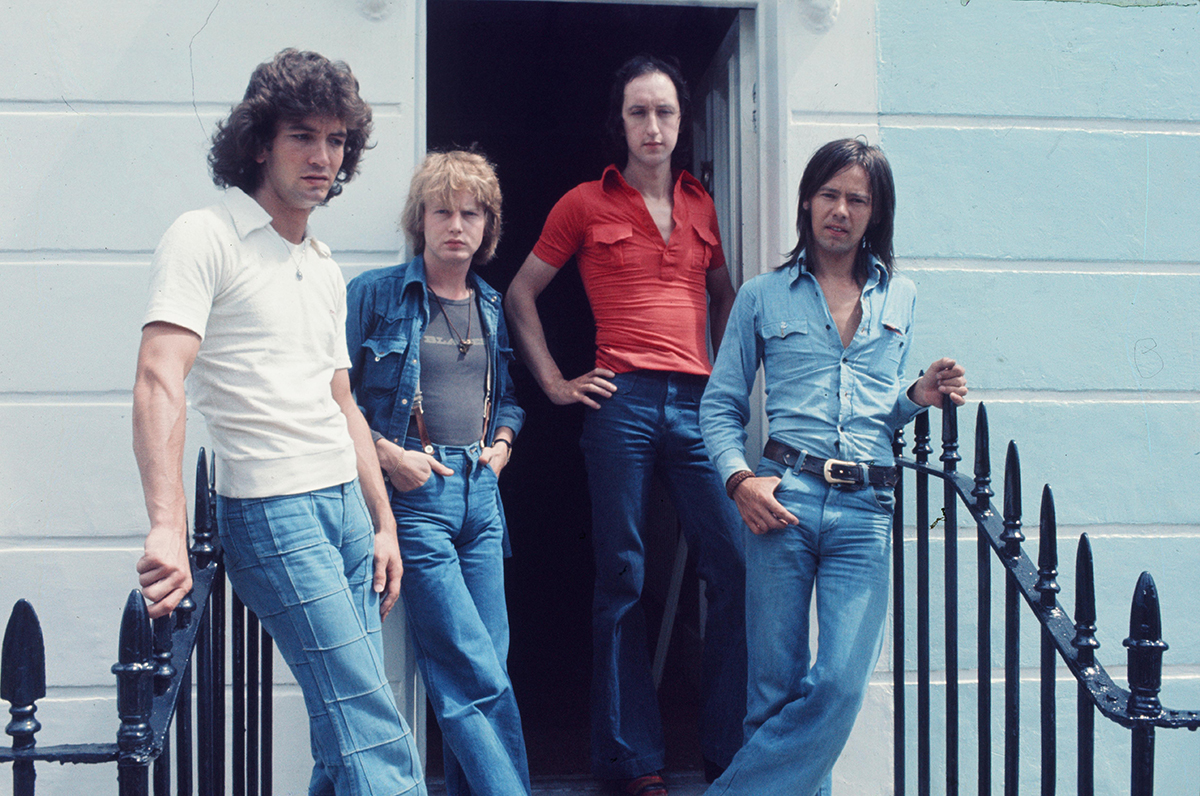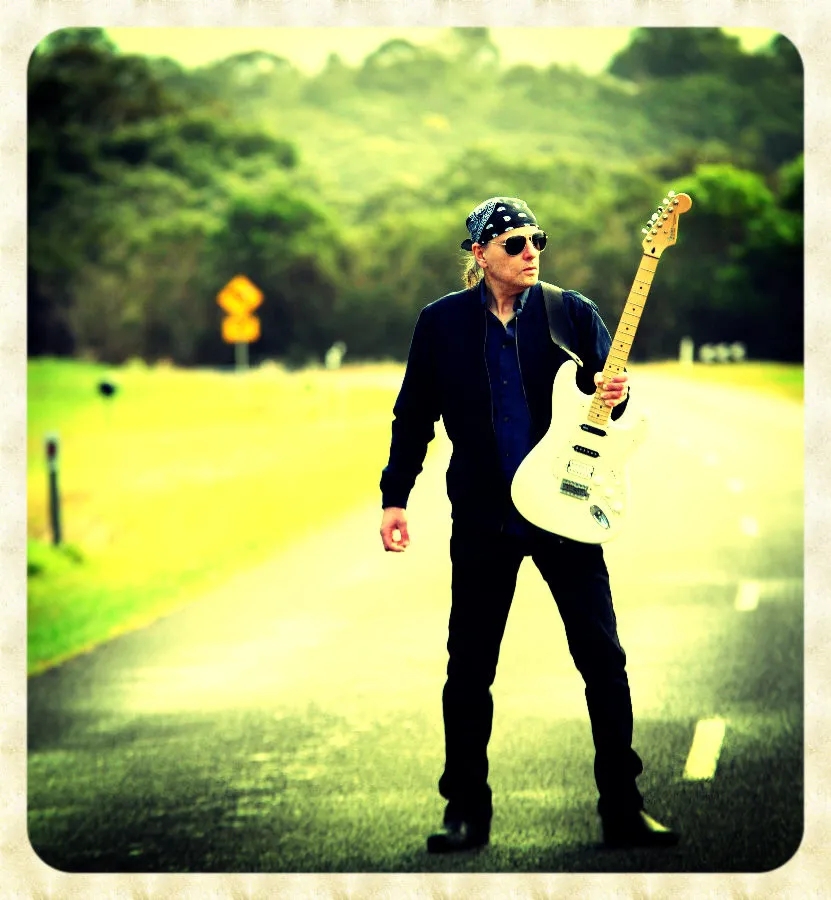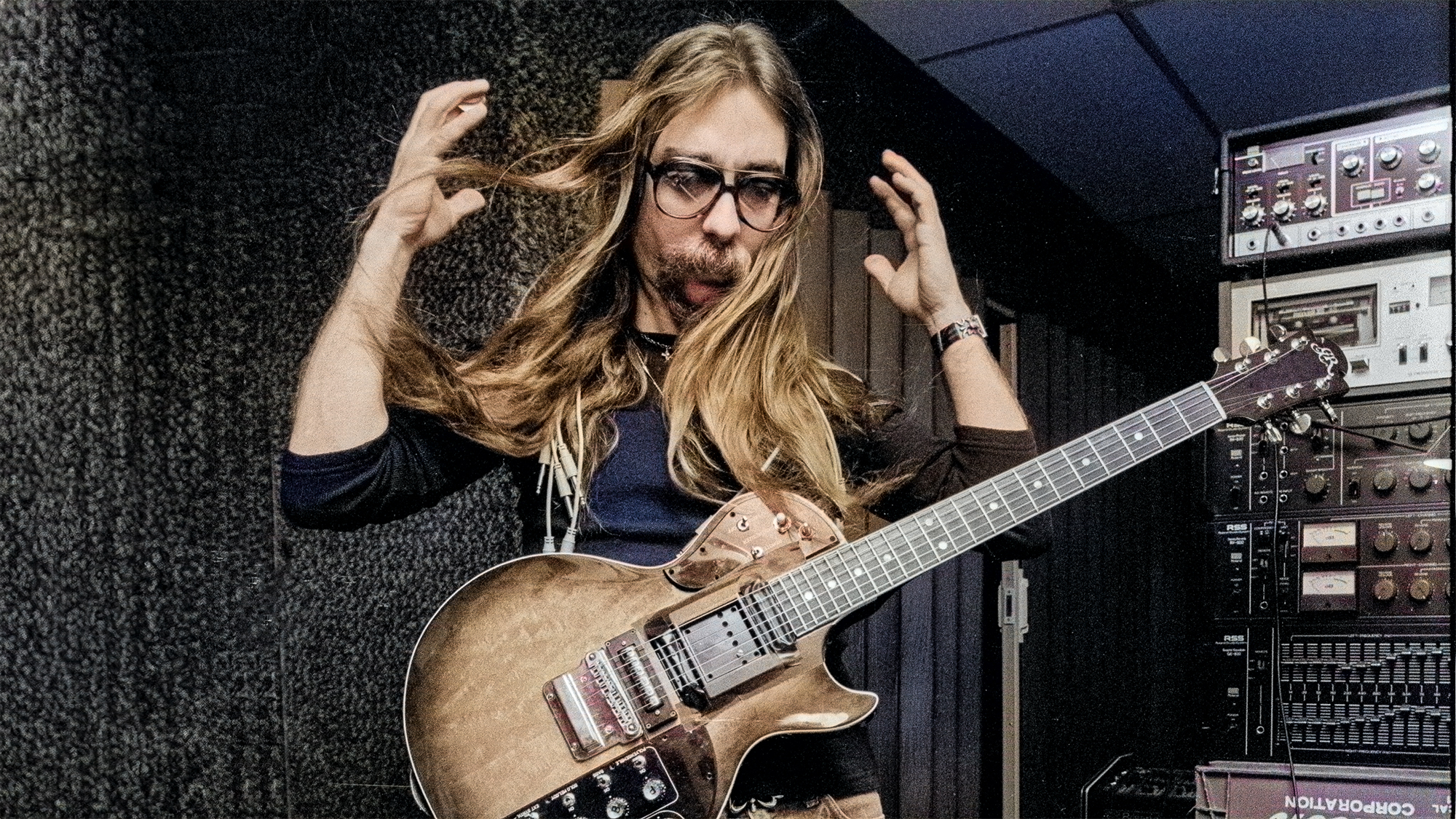"Friends were phoning: 'Do you know your song's being played every 20 minutes on TV?’” It took 50 years, but this guitarist's tune has become an inescapable hit. You've probably heard it at least once today
David Paton's "Magic" was a number-five hit in 1975. Ozempic turned it into a 21st century pop-culture phenomenon

Turn on your TV and you’re almost certain to hear it. It’s one of the best-known songs today, an inescapable jingle that catches your ear and refuses to let go: “Oh, oh, oh, Ozempic!”
The theme for the type 2 diabetes drug has become an insidious part of American pop culture. But if you’re of a certain age, you might know the song by its original lyrics: “Oh, oh, oh, it’s magic — you know. Never believe it’s not so.” That’s how guitarist/bassist David Paton wrote it some 50 years with keyboardist Billy Lyall for their group Pilot. “Magic” was the Scottish act’s first and only major hit, topping the Canadian singles chart and hitting number five on the Billboard Hot 100 in 1975.
The tune originated like many others did: at Paton’s piano. “I always had a tape recorder above my piano when I wrote songs, and I would record anything,” he explains.
He already had the now-famous chorus when his wife planted the seed that led to the song’s creation early one morning.
“She just happened to say, ‘I’ve never been awake to see the daybreak,’ and it stuck with me,” he says. “I knew it was going to work with a little chorus that I had on my tape. I picked up my guitar and wrote the verse using her words.”

In 1974, Pilot — then a trio, with Paton on electric guitar, bass and vocals — signed with EMI Records and began working in Abbey Road Studios on “Magic” and the other songs that would appear on their debut, From the Album of the Same Name. But when Pilot turned the tapes over to the EMI, they were asked to perform additional work on “Magic.” “They told us, ‘You need an orchestration and more of a dynamic introduction’ — the original started with just a piano vamp before I started singing the chorus,” Paton explains.
It was while working on those additions that Paton invited Ian Bairnson to join as the group’s lead guitarist. “Ian had been coming to the Abbey Road Studios to listen, so since he was there in the studio, I asked him if he wanted to join the band,” Paton says. “So we recorded a more dynamic introduction for the sake of EMI, and Ian ended up playing guitar on that introduction while I played guitar on everything else.”
All the latest guitar news, interviews, lessons, reviews, deals and more, direct to your inbox!
When it came to guitars, Paton went with a Rickenbacker 480. “I was always fascinated by Rickenbacker guitars but couldn’t afford one in those days,” he says. “When we started doing the album in Abbey Road, we rented in a lot of stuff including guitars, so I finally got to use a Rickenbacker, which I plugged into a miked up Marshall head with a 4x12 cabinet, and double-tracked the guitar. When it came to the bass, I used a Fender Precision through an Ampeg that was DI-ed.”

As for “Magic,” it didn’t make Paton rich — not at first anyway. Pilot would record two more albums — 1975’s Second Flight and 1976's Morin Heights, the latter without Lyall, who left to begin a solo career. The band split up in 1977, and Paton continued on as a studio and stage musician, working with artists like Kate Bush, Elton John and the prog-rock outfit the Alan Parsons Project (it was Parsons, a former Beatles engineer, who produced “Magic”). Paton even got to clock time with his idol Paul McCartney, singing backup on the Wings hit “Mull of Kintyre.”
But some 50 years after recording “Magic,” Paton got wind that his song had taken on a second life. “I knew that Ozempic were using ‘Magic’ because the publishing was coming in, and my earnings were suddenly going up,” he says. “Friends were phoning me and saying, ‘David, do you know your song's being played every 20 minutes here in the states on TV?’”
Originally, the commercials featured the work of an anonymous work-for-hire musical act. “Then I got a call from Ozempic asking me if I could get back to Abbey Road Studio and re-create what I’d already done in 1974 so that they could use a recording with just me playing,” Paton says. “Since I already had the drum track and piano part, all I had to do was go down to Studio Three at Abbey Road and re-record the bass, guitars and vocals. And on that version I used a Gibson Les Paul Standard for all the guitar parts.”

For all the newfound attention his song is receiving, Paton may have already had the best response to it in 2011, when he met another of his idols: the Beach Boys’ Brian Wilson.
“One of Brian’s band members, guitarist Probyn Gregory, told me Brian loved my song and sang it all the time on their car journeys to their shows,” Paton explains. “He mentioned that they were coming to Glasgow for a show and asked whether I’d like to come along to the gig and meet Brian.”
Paton and his wife, Mary, attended and were introduced to Wilson afterward in his dressing room. “Brian looked up at me and said, ‘You wrote “Magic’? I wish I'd written that song!”
As they sat for a photograph, Paton noticed Wilson kept staring at him rather than at the camera. “When I made eye contact with him, he said to me, ‘Never believe it's not so,’” Paton says. “And it just meant so much to me.”
Joe Matera is an Italian-Australian guitarist and music journalist who has spent the past two decades interviewing a who's who of the rock and metal world and written for Guitar World, Total Guitar, Rolling Stone, Goldmine, Sound On Sound, Classic Rock, Metal Hammer and many others. He is also a recording and performing musician and solo artist who has toured Europe on a regular basis and released several well-received albums including instrumental guitar rock outings through various European labels. Roxy Music's Phil Manzanera has called him "a great guitarist who knows what an electric guitar should sound like and plays a fluid pleasing style of rock." He's the author of two books, Backstage Pass; The Grit and the Glamour and Louder Than Words: Beyond the Backstage Pass.


